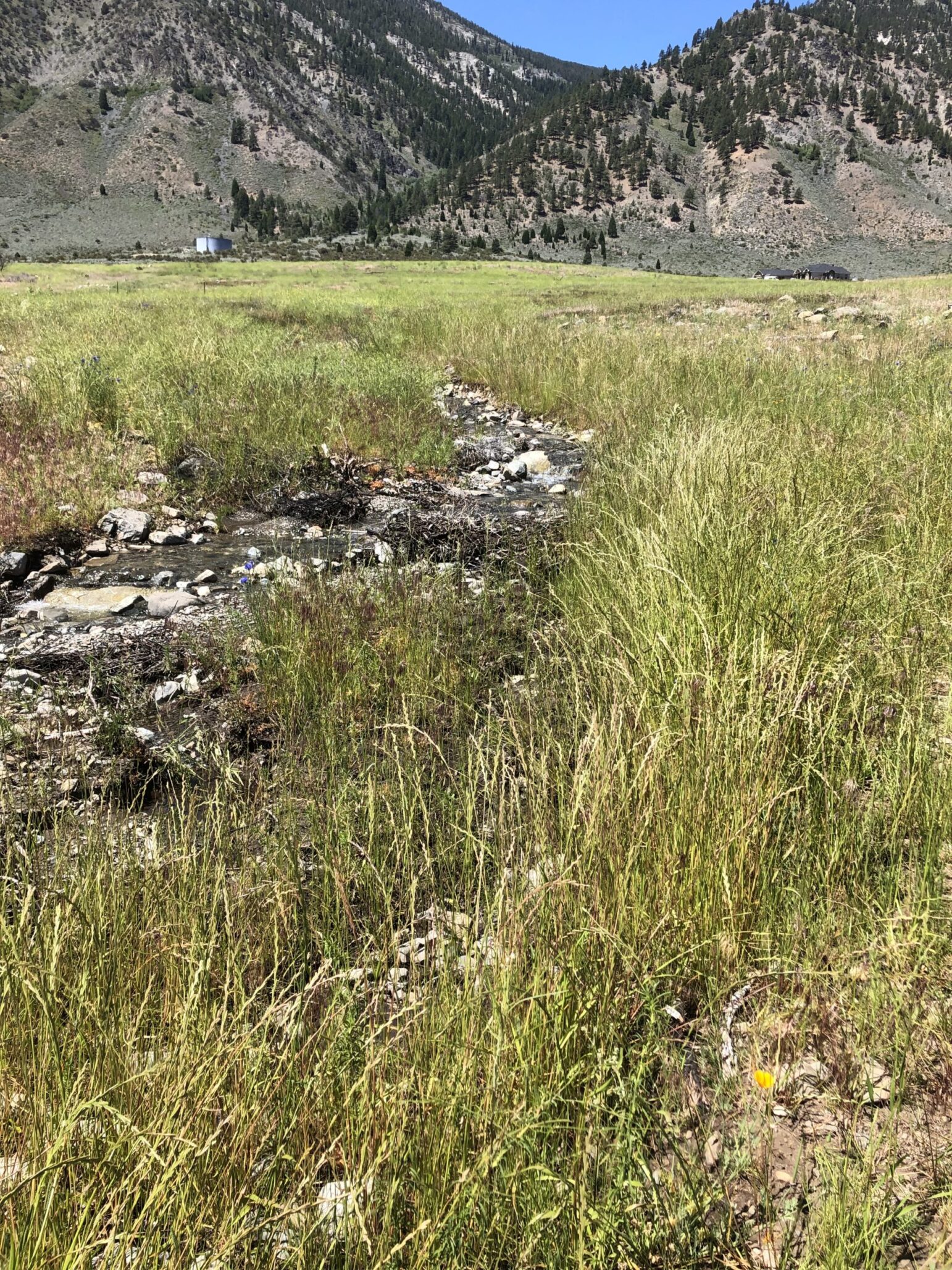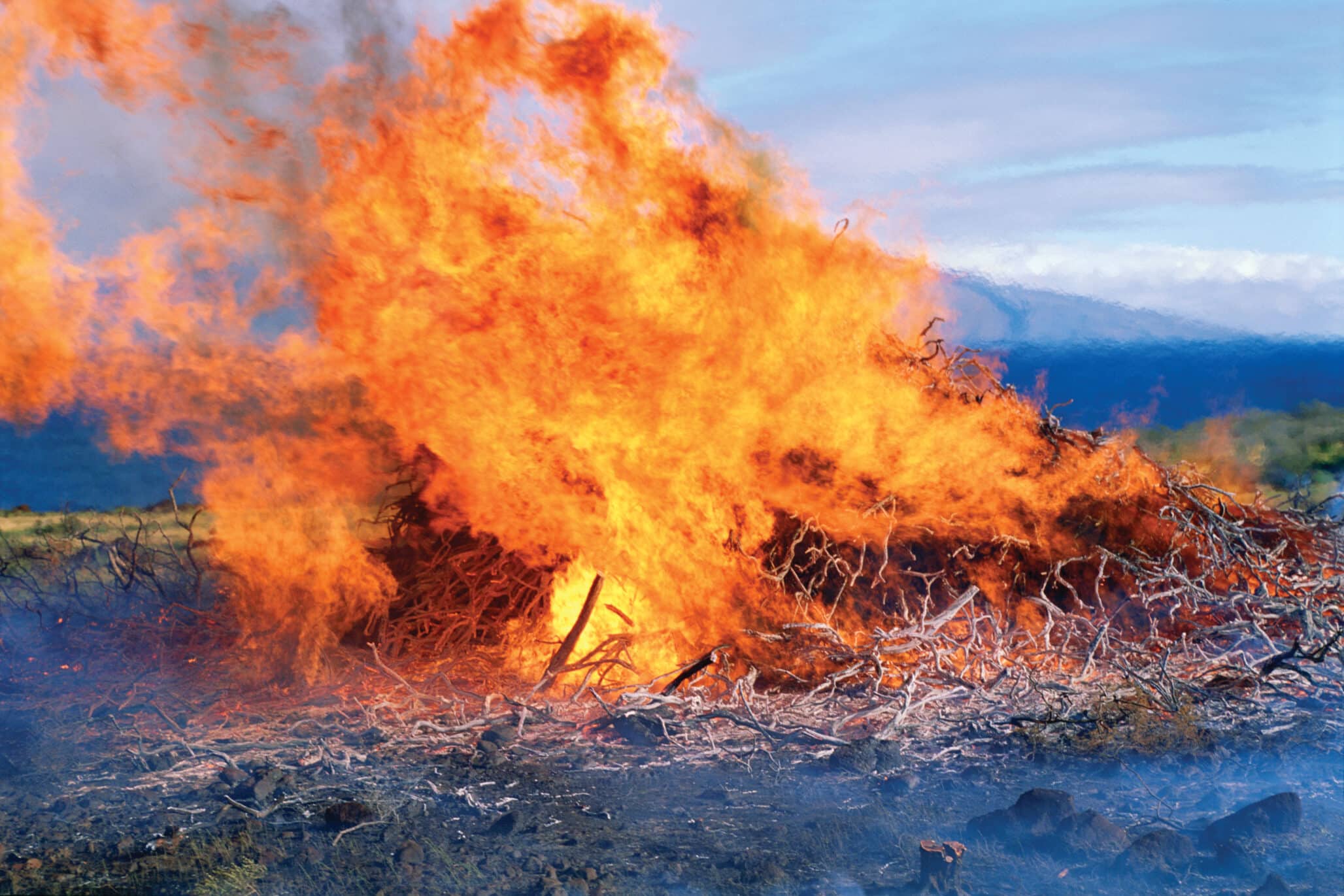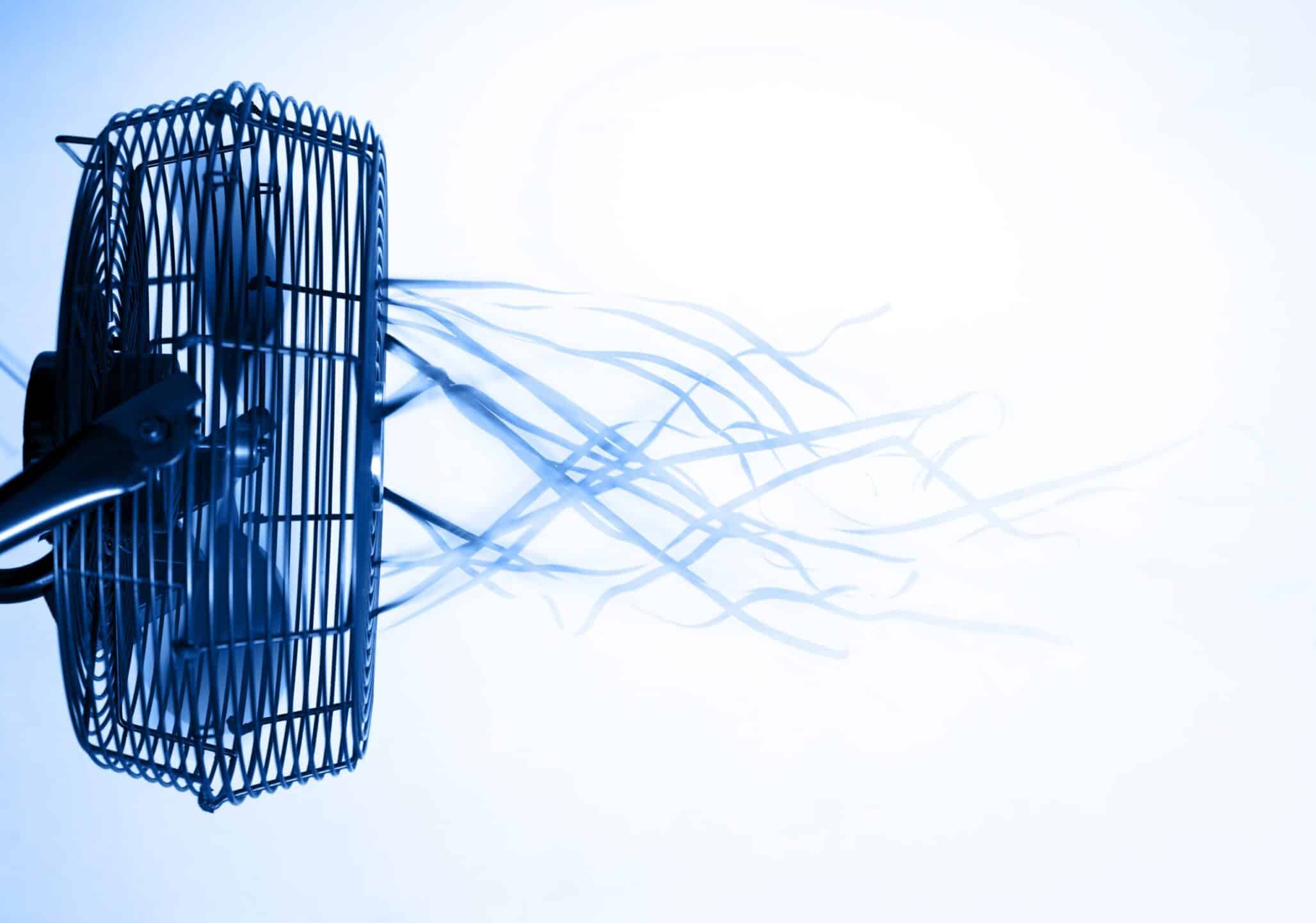On a picture-perfect warm but windy Sunday afternoon in mid-July 2018, a heavy equipment operator took his young son for a ride on an excavator at his jobsite near Carson City, Nevada. It only took a few minutes for the excavator’s blade to hit a rock, throwing sparks into parched cheatgrass. From my living-room window across the valley, I watched the resulting James Loop Fire roar its way through the new Canyon Creek housing development. The HOA contacted us soon after the fire and before winter was over, we’d worked with them to seed 140 acres of private parcels and common area riparian corridors. The burn-site has proven the perfect case study in urban reclamation.
Urban fire reclamation differs from rural reclamation due to the immediate impact to urban infrastructure and the urgency to bring communities back to life. In an urban post-fire zone like Canyon Creek, concerns about destroyed housing, the potential for massive erosion in this foothill setting, and weed invasions require immediate mobility. However, restoration is a whole lot more challenging given the mosaic of private property and the added impacts of people, pets, bikes, and the like that are constantly moving through the disturbance zone.
At Canyon Creek, we seeded a variation of seed blends drawn from the same group of dry site grasses, shrubs, and flowers. All sites were broadcast seeded and dragged by chisel harrow or skid steer.
For two years we have been documenting a quite varied vegetative response over the entire project. Differences in seed blends as well as variable site conditions have resulted in a wide variety of landscapes: some quite successful and others, not as much.
Our goal in reclamation is to rebuild functional natural communities with ecological connectivity to the surrounding natural and human communities. Achieving a floristic community that functions in this respect requires selecting a specific mix of species to meet a site’s unique characteristics. While native seed provides maximum habitat service, practical constraints often mean including non-native species for lack of sufficient native alternatives, aggressive colonizers for immediate site stability, and unfortunately, less expensive species due to budget restraints.
Of course, seeding is only part of the equation. Actual restoration demands patience. At Canyon Creek, we have noticed that the best germination has occurred on the rocky upland slopes that were previously bitterbrush and sagebrush. On the lower, flatter areas that were previously dry meadows, establishment has been difficult and there are lower populations of favorable species. We think that this was due to the build up of dry herbaceous vegetation that slowed and intensified the fire’s heat, cooking the soils into hydrophobic powder with little structure and biological activity. This post-fire condition is common across the Great Basin. It can also stimulate cheatgrass to take hold due to the release of nutrients by the fire and the removal of the perennial vegetation – a key factor that drives the need for aggressive post-fire seeding. For the past two years, only wild mustard has gained a foothold in these flat areas. As I regularly remind frustrated homeowners, most of the understory of this burnt landscape contains a nice variety of young grasses, shrubs, and flowers. Be patient.
After 30 years in the business, we still learn from every job. Reclamation is about partnering with nature: utilizing tools that give a project its best chance for success while recognizing that nature ultimately holds the deciding cards, and that the ultimate success and failure of many of these jobs is beyond our own lifetime. Progressive advancements in genetic science are helping our understanding of ecological complexity. I’m excited for the next generation of restoration experts and their potential to move restoration forward.
Ed Kleiner is General Manager, Comstock Seed












